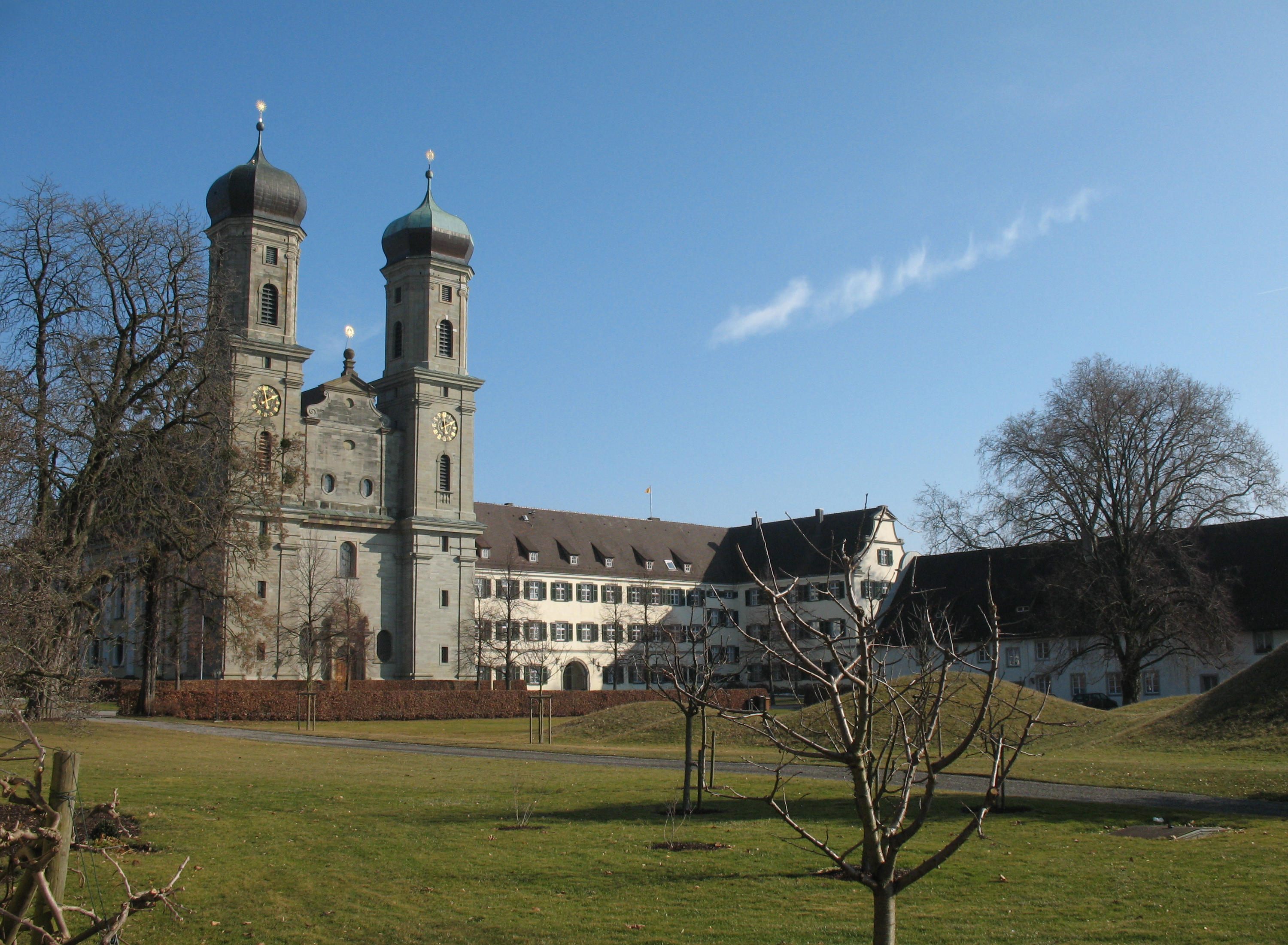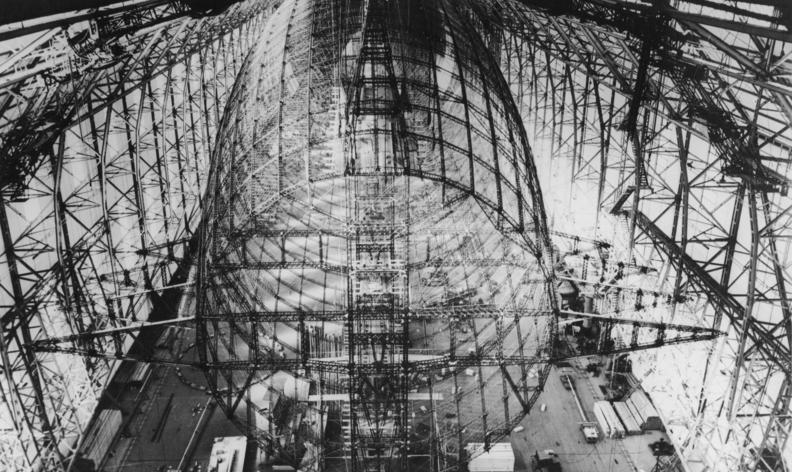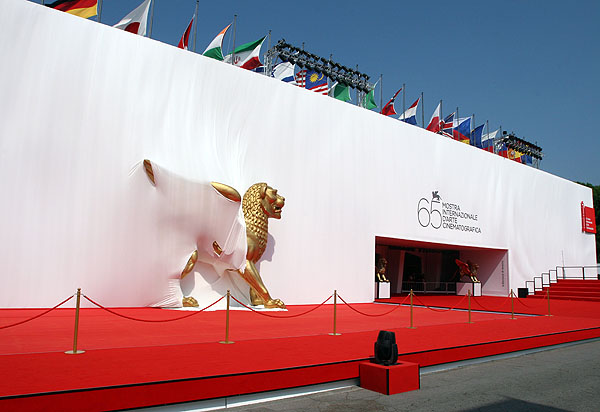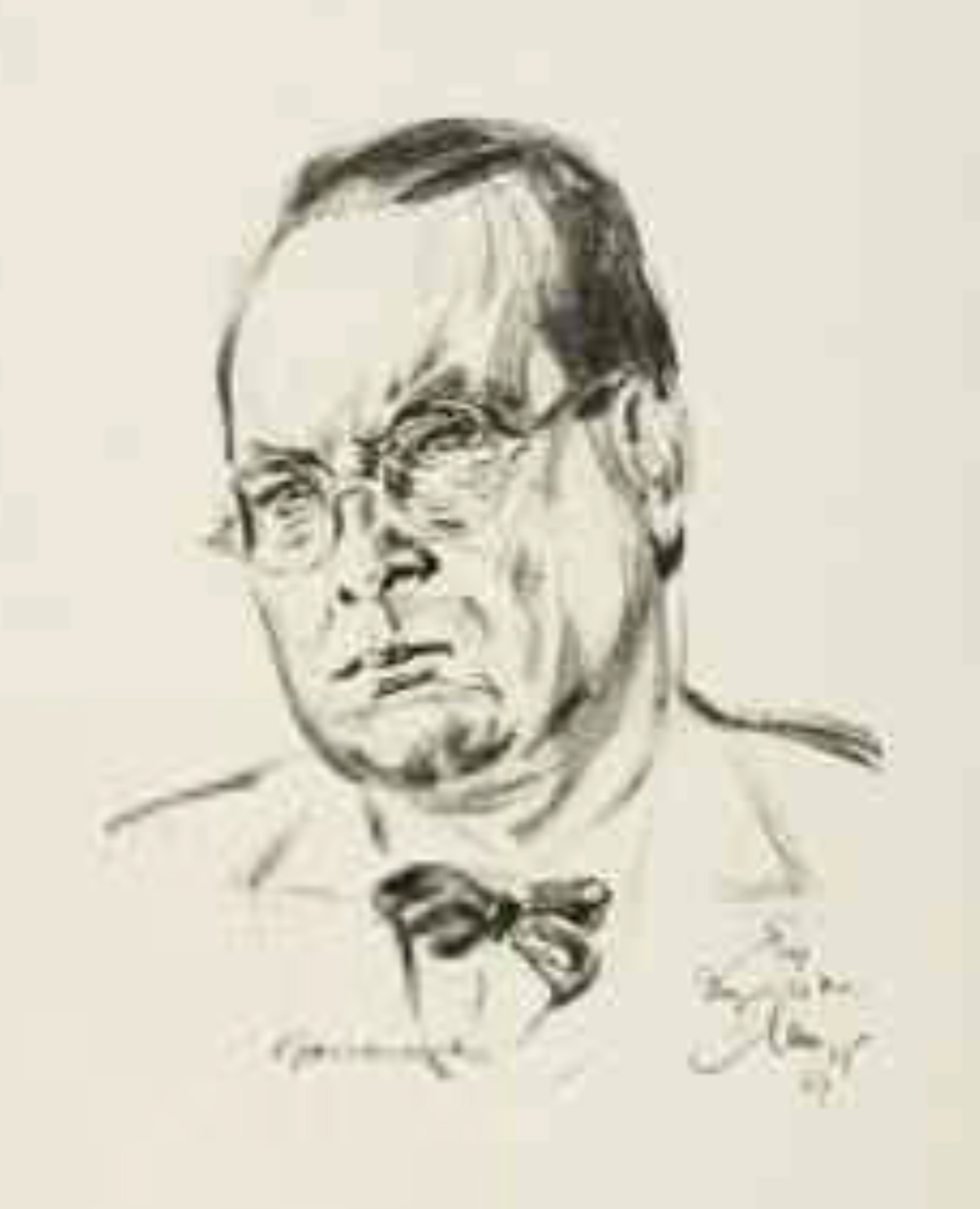|
Zeppelin Museum Friedrichshafen
The Zeppelin Museum Friedrichshafen is a museum in Friedrichshafen in Germany, the birthplace of the Zeppelin airship. The museum houses the largest collection on airship travel in the world, and chronicles the history of the Zeppelin airships. In addition, it is the only museum in Germany that combines technology and art. The museum has been in its current location at the '' Hafenbahnhof'' (harbour railway station) since it was reopened in 1996. The exhibition was designed by HG Merz. Museum concept In keeping with the museum concept of "Technology and Art", visitors can see for themselves how closely these two areas are related. The work of art ''Zeppelin Swarms'' by Héctor Zamora illustrates this particularly well. The focus is on man and his position in the interplay between technology, nature, and faith. The art collection also includes works by those identified as degenerate artists by Nazi Germany, such as Otto Dix. Technology collection The centerpiece of the zeppel ... [...More Info...] [...Related Items...] OR: [Wikipedia] [Google] [Baidu] |
Friedrichshafen
Friedrichshafen ( or ; Low Alemannic: ''Hafe'' or ''Fridrichshafe'') is a city on the northern shoreline of Lake Constance (the ''Bodensee'') in Southern Germany, near the borders of both Switzerland and Austria. It is the district capital (''Kreisstadt'') of the Bodensee district in the federal state of Baden-Württemberg. Friedrichshafen has a population of about 58,000. History 19th and early 20th century Friedrichshafen was established in 1811 as part of the new Kingdom of Württemberg, an ally of France during the Napoleonic Wars. It was named for King Frederick I of Württemberg, who privileged it as a free port and transshipment point for the kingdom's Swiss trade. Friedrichshafen was created from the former city of Buchhorn, whose coat of arms it adopted. The new city also incorporated the former village of Hofen, whose monastery was refurbished to serve as the summer residence of the Württemberger kings. King William I continued improving the city, including the purch ... [...More Info...] [...Related Items...] OR: [Wikipedia] [Google] [Baidu] |
LZ 129 Hindenburg
LZ 129 ''Hindenburg'' (; Registration: D-LZ 129) was a German commercial passenger-carrying rigid airship, the lead ship of the ''Hindenburg'' class, the longest class of flying machine and the largest airship by envelope volume. It was designed and built by the Zeppelin Company ( ''Luftschiffbau Zeppelin GmbH'') on the shores of Lake Constance in Friedrichshafen, Germany, and was operated by the German Zeppelin Airline Company (''Deutsche Zeppelin-Reederei''). It was named after Field Marshal Paul von Hindenburg, who was President of Germany from 1925 until his death in 1934. The airship flew from March 1936 until it was destroyed by fire 14 months later on May 6, 1937, while attempting to land at Lakehurst Naval Air Station in Manchester Township, New Jersey, at the end of the first North American transatlantic journey of its second season of service. This was the last of the great airship disasters; it was preceded by the crashes of the British R38, the US airship ''Roma ... [...More Info...] [...Related Items...] OR: [Wikipedia] [Google] [Baidu] |
Aerospace Museums In Germany
Aerospace is a term used to collectively refer to the atmosphere and outer space. Aerospace activity is very diverse, with a multitude of commercial, industrial and military applications. Aerospace engineering consists of aeronautics and astronautics. Aerospace organizations research, design, manufacture, operate, or maintain both aircraft and spacecraft. The beginning of space and the ending of the air is considered as 100 km (62 mi) above the ground according to the physical explanation that the air pressure is too low for a lifting body to generate meaningful lift force without exceeding orbital velocity. Overview In most industrial countries, the aerospace industry is a cooperation of the public and private sectors. For example, several states have a civilian space program funded by the government, such as National Aeronautics and Space Administration in the United States, European Space Agency in Europe, the Canadian Space Agency in Canada, Indian Space Research ... [...More Info...] [...Related Items...] OR: [Wikipedia] [Google] [Baidu] |
Man And Nature
A man is an adult male human. Prior to adulthood, a male human is referred to as a boy (a male child or adolescent). Like most other male mammals, a man's genome usually inherits an X chromosome from the mother and a Y chromosome from the father. Sex differentiation of the male fetus is governed by the SRY gene on the Y chromosome. During puberty, hormones which stimulate androgen production result in the development of secondary sexual characteristics, thus exhibiting greater differences between the sexes. These include greater muscle mass, the growth of facial hair and a lower body fat composition. Male anatomy is distinguished from female anatomy by the male reproductive system, which includes the penis, testicles, sperm duct, prostate gland and the epididymis, and by secondary sex characteristics, including a narrower pelvis, narrower hips, and smaller breasts without mammary glands. Throughout human history, traditional gender roles have often defined an ... [...More Info...] [...Related Items...] OR: [Wikipedia] [Google] [Baidu] |
Venice Biennale
The Venice Biennale (; it, La Biennale di Venezia) is an international cultural exhibition hosted annually in Venice, Italy by the Biennale Foundation. The biennale has been organised every year since 1895, which makes it the oldest of its kind. The main exhibition held in Castello, in the halls of the Arsenale and Biennale Gardens, alternates between art and architecture (hence the name ''biennale''; ''biennial''). The other events hosted by the Foundationspanning theatre, music, and danceare held annually in various parts of Venice, whereas the Venice Film Festival takes place at the Lido. Organization Art Biennale The Art Biennale (La Biennale d'Arte di Venezia), is one of the largest and most important contemporary visual art exhibitions in the world. So-called because it is held biannually (in odd-numbered years), it is the original biennale on which others in the world have been modeled. The exhibition space spans over 7,000 square meters, and artists from ov ... [...More Info...] [...Related Items...] OR: [Wikipedia] [Google] [Baidu] |
Julius Bissier
The gens Julia (''gēns Iūlia'', ) was one of the most prominent patrician families in ancient Rome. Members of the gens attained the highest dignities of the state in the earliest times of the Republic. The first of the family to obtain the consulship was Gaius Julius Iulus in 489 BC. The gens is perhaps best known, however, for Gaius Julius Caesar, the dictator and grand uncle of the emperor Augustus, through whom the name was passed to the so-called Julio-Claudian dynasty of the first century AD. The Julius became very common in imperial times, as the descendants of persons enrolled as citizens under the early emperors began to make their mark in history.''Dictionary of Greek and Roman Biography and Mythology'', vol. II, pp. 642, 643. Origin The Julii were of Alban origin, mentioned as one of the leading Alban houses, which Tullus Hostilius removed to Rome upon the destruction of Alba Longa. The Julii also existed at an early period at Bovillae, evidenced by a very a ... [...More Info...] [...Related Items...] OR: [Wikipedia] [Google] [Baidu] |
Erich Heckel
Erich Heckel (31 July 1883 – 27 January 1970) was a German painter and printmaker, and a founding member of the group ''Die Brücke'' ("The Bridge") which existed 1905–1913. His work was part of the art competitions at the 1928 Summer Olympics and the 1932 Summer Olympics. Biography Heckel was born in Döbeln, Saxony, the son of a railway engineer. Between 1897 and 1904 he attended the Realgymnasium in Chemnitz, before studying architecture in Dresden. He left after three terms, shortly after the foundation of ''Die Brücke'', an artists' group of which he was secretary and treasurer. The other founder-members, also architectural students, were Ernst Ludwig Kirchner, Karl Schmidt-Rottluff and Fritz Bleyl. He worked in the office of the architect Wilhelm Kreis until July 1907, when he resigned to become a full-time artist. Career Heckel met the other founding members of Die Brücke, Ernst Ludwig Kirchner, Karl Schmidt-Rottluff, and Fritz Bleyl, while studying architectur ... [...More Info...] [...Related Items...] OR: [Wikipedia] [Google] [Baidu] |
Willi Baumeister
Willi Baumeister (22 January 1889 – 31 August 1955) was a German painter, scenic designer, art professor, and typographer. His work was part of the art competitions at the 1928 Summer Olympics and the 1932 Summer Olympics. Life Born in Stuttgart in 1889, Baumeister completed an apprenticeship as a decorative painter in his native city from 1905 to 1907, followed by military service (fall 1907–1908). During his apprenticeship, Baumeister also began art studies at the Stuttgart Art Academy (Königlich Württembergische Akademie) (1905–1906), attended Robert Poetzelberger’s drawing class, and took additional lessons from Josef Kerschensteiner. In 1906 he resumed his apprenticeship and, in 1907, completed the trade test. Following his military service, Baumeister continued his studies at the art academy. Dismissed by his teacher Poetzelberger due to lack of talent, he switched into the composition class of Adolf Hölzel, with whom he studied until 1912, where he ... [...More Info...] [...Related Items...] OR: [Wikipedia] [Google] [Baidu] |
Max Ackermann
Max Ackermann (5 October 1887 – 14 November 1975) was a German painter and graphic artist of abstract works and representational art. Life and work Born in Berlin on 5 October 1887, Ackermann started carving wooden figures and modelling ornaments in his father's studio at an early age. From 1905 to 1907 he studied under Henry van de Velde at his studio in Weimarart49.com - Exhibition Calendar for modern and contemporary art in Berlin and at Gotthardt Kuehl's studio in (1908–09). From 1909 ... [...More Info...] [...Related Items...] OR: [Wikipedia] [Google] [Baidu] |
Third Reich
Nazi Germany (lit. "National Socialist State"), ' (lit. "Nazi State") for short; also ' (lit. "National Socialist Germany") (officially known as the German Reich from 1933 until 1943, and the Greater German Reich from 1943 to 1945) was the German state between 1933 and 1945, when Adolf Hitler and the Nazi Party controlled the country, transforming it into a dictatorship. Under Hitler's rule, Germany quickly became a totalitarian state where nearly all aspects of life were controlled by the government. The Third Reich, meaning "Third Realm" or "Third Empire", alluded to the Nazi claim that Nazi Germany was the successor to the earlier Holy Roman Empire (800–1806) and German Empire (1871–1918). The Third Reich, which Hitler and the Nazis referred to as the Thousand-Year Reich, ended in May 1945 after just 12 years when the Allies defeated Germany, ending World War II in Europe. On 30 January 1933, Hitler was appointed chancellor of Germany, the head of government, ... [...More Info...] [...Related Items...] OR: [Wikipedia] [Google] [Baidu] |
Degenerate Art
Degenerate art (german: Entartete Kunst was a term adopted in the 1920s by the Nazi Party in Germany to describe modern art. During the dictatorship of Adolf Hitler, German modernist art, including many works of internationally renowned artists, was removed from state-owned museums and banned in Nazi Germany on the grounds that such art was an "insult to German feeling", un-German, Freemasonic, Jewish, or Communist in nature. Those identified as degenerate artists were subjected to sanctions that included being dismissed from teaching positions, being forbidden to exhibit or to sell their art, and in some cases being forbidden to produce art. ''Degenerate Art'' also was the title of an exhibition, held by the Nazis in Munich in 1937, consisting of 650 modernist artworks chaotically hung and accompanied by text labels deriding the art. Designed to inflame public opinion against modernism, the exhibition subsequently traveled to several other cities in Germany and Austria. While m ... [...More Info...] [...Related Items...] OR: [Wikipedia] [Google] [Baidu] |
Kronprinz By Franz Seraph Stirbrand, C 1840 - Zeppelin Museum Friedrichshafen - DSC06887
A crown prince or hereditary prince is the heir apparent to the throne in a royal or imperial monarchy. The female form of the title is crown princess, which may refer either to an heiress apparent or, especially in earlier times, to the wife of the person styled crown prince. ''Crown prince'' as a descriptive term has been used throughout history for the prince who is first-in-line to a throne and is expected to succeed (i.e. the heir apparent), barring any unforeseen future event preventing this. In certain monarchies, a more specific substantive title may be accorded and become associated with the position of ''heir apparent'' (e.g. Prince of Wales in the United Kingdom or Prince of Asturias in the Kingdom of Spain). In these monarchies, the term crown prince may be used less often than the substantive title (or never). Until the late twentieth century, no modern monarchy adopted a system whereby females would be guaranteed to succeed to the throne (i.e. absolute primogeni ... [...More Info...] [...Related Items...] OR: [Wikipedia] [Google] [Baidu] |




.jpg)

.jpg)



